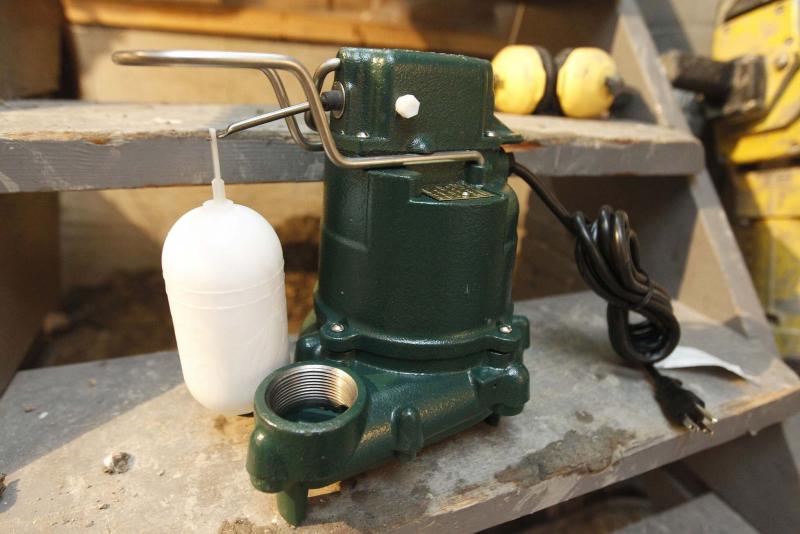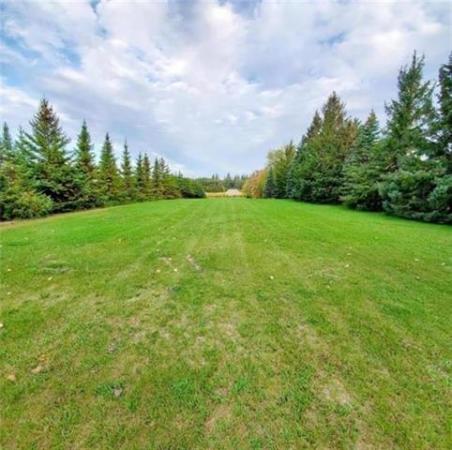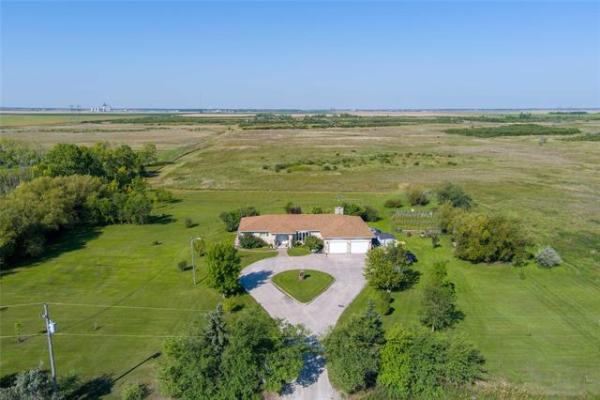Question: I read your recent article on covering a sump pump opening with interest. My sump pump opening has a bolted down cover, as you describe, about eight inches below floor level. When I go away for the winter I tell my housesitter to check if there is water in the opening, above the cover. I am assuming that if my pump is not working then water would be forced up over the lid. I am beginning to believe that is not completely true. How can I tell, by checking every few days, if the pump is not working and may be burnt out because of a frozen exit hose?
In case of emergency should I construct some form of drainage channel from the sump pump opening to the floor drain, which is one foot away?
— Thanks, Terry Lewycky3
Answer: I really appreciate and commend you on your desire to be proactive in prevention of a potential moisture problem caused by a malfunctioning sump pump. That kind of forward thinking may prevent a serious basement flooding issue, or other structural damage. There may be one simple thing to install to alert you if this does happen, and a few more that may keep it from occurring, altogether.
To properly address your excellent question, we must first explore what causes a sump pump failure. A typical sump pump installed in a modern house will be used to remove water from a sump, which is used as a catch basin for the water draining from the weeping tile system. This system is made up of a series of connected plastic pipes, normally installed outside the base of the house foundation. The exterior portions of the drainage piping are perforated to naturally collect excess ground water from the soil outside the home. These pipes connect to others installed underneath the basement floor slab, or crawlspace soil, which terminate in your sump. The pump will be used to remove this water, via a smaller sealed pipe, to the exterior of the house. A failure in any of several portions of this system may not allow this water to properly exit the house.
The first, and most common, cause of sump pump failure is simple wear and tear. The average life expectancy of a typical, inexpensive sump pump is about 10 years. This is due to the fact that the pump sits in a very hostile environment inside the sump. There is constantly water in this small area, which submerges the pump, partially or completely. Because of this corrosion and other deterioration of the pump components limit the life expectancy. Also, simple operation of the pump, which may occur dozens of times a day in the spring and during heavy precipitation, can cause it to eventually wear out. Other frequent causes of pump failure can be a damaged or jammed float switch, electrical wires or connections, or a frozen or blocked discharge pipe. A frozen discharge pipe can cause the pump to overheat and seize, as it will run constantly in an attempt to pump water out the frozen line. As well, prolonged electrical service outages or blackouts can be just as devastating as a broken pump.
Prevention of pump failure may be as simple as ensuring a few items are regularly addressed. Regular inspection and testing of the sump and pump will ensure proper function. This may be as easy as unplugging the pump from the receptacle and using the integral testing hose, if present, or disconnecting the float switch plug and temporarily connecting the pump to the receptacle, directly. Unbolting and lifting the lid to inspect the sump to ensure water levels in the pit are proper, floats are not damaged or jammed or other problems are present should also be periodically done. Finally, checking the flexible discharge extension hose for damage or blockage at the exterior of the foundation is critical. Removing this hose, once the weather drops below freezing, is also necessary to prevent blockage due to ice.
You are partially correct that a malfunctioning or damaged sump pump may allow water to fill up the sump pit, overflowing above the lid and into the basement, but that is not the whole story. While that may cause a major basement flood, there may be other, more insidious damage due to excess water in the sump. Depending on the slope of the weeping tiles and the height of the pit relative to the exterior drainage piping, the pit may not necessarily overflow when a pump breaks down. What may occur is that the sub-slab portion of the drainage pipes, which are normally non-perforated, may fill completely with water. If these remain full for an elongated length of time, the water pressure can force them upward, causing cracks and heaving of the concrete basement floor.
The simplest thing to ensure you are alerted to a sump overflow or pump malfunction issue when you are away is to install a moisture sensor inside the sump. These simple devices can be connected to a monitored alarm system so that you are notified by your alarm provider if this sensor is activated. If you have a more modern wireless thermostat or home monitoring system, even better. If neither of these are present, ensuring your housesitter follows my earlier maintenance and inspection recommendations should suffice. Installation of a second battery operated sump pump and associated power source components, should ensure you are doubly protected in the event of a storm related power outage.
Preventing a catastrophic basement flood, due to a sump pump failure while you are out of town, may be as simple as installing a monitored moisture sensor in the sump. Regular inspection, testing and maintenance of the pump and discharge pipes may be just as critical to your proactive approach, as well.
Ari Marantz is the owner of Trained Eye Home Inspection Ltd. and the past president of the Canadian Association of Home & Property Inspectors — Manitoba (cahpi.mb.ca). Questions can be emailed to the address below. Ari can be reached at 204-291-5358 or check out his website at trainedeye.ca.
trainedeye@iname.com




